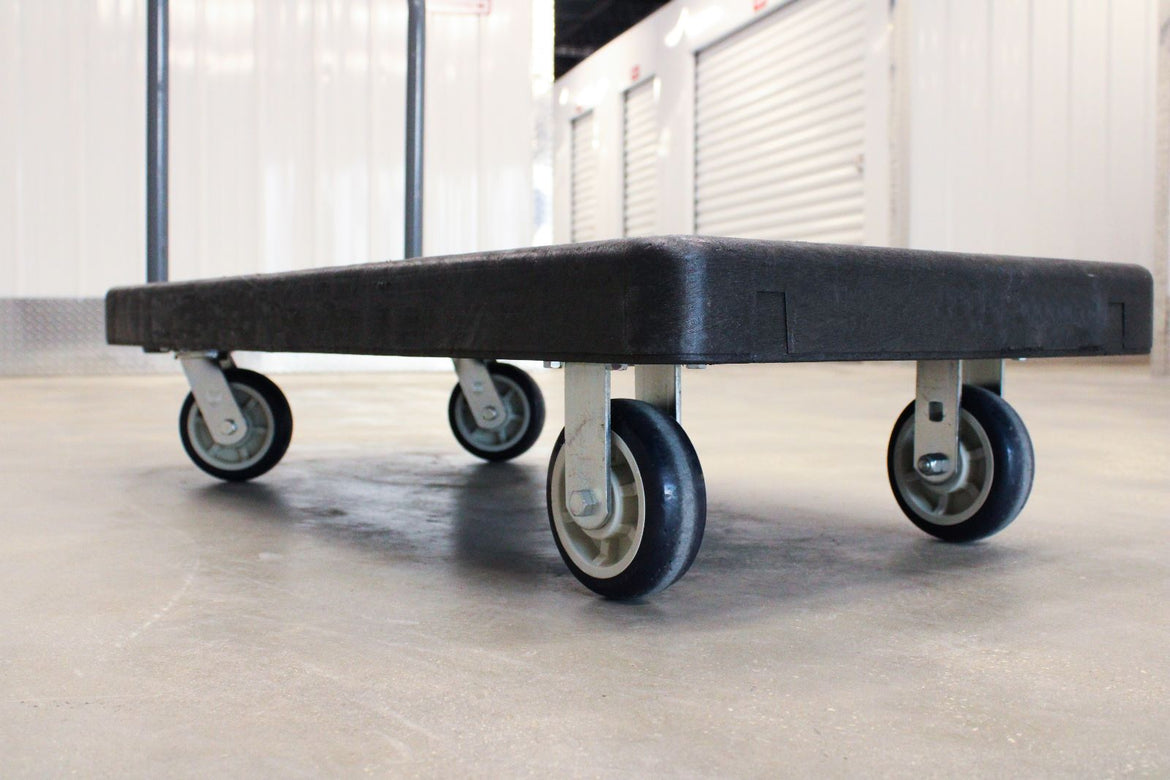
Retractable Casters Solving the Toughest Environmental and Floor Challenges
- Bearing Care, Caster Durability, caster installation guide, Caster Lubrication, Caster Maintenance, Caster Replacement Strategy, Caster ROI, Caster Selection, Caster Technology, Caster Training, Corrosion Resistant, Cost-Benefit Analysis, Debris Removal, Dual Function, Equipment Lifespan, Equipment Longevity, Floor Protection, Floor Transition, Healthcare Ergonomics, Heavy Equipment Maintenance, HOLKIE, Industrial Casters, Industrial Ergonomics, Industrial Maintenance, Industrial Mobility, Lifecycle Cost Analysis, Load Capacity, Maintenance Reduction, Medical Equipment TCO, Noise Reduction, Patient Safety, Preventative Maintenance, Shock Absorption, Space Optimization, Specialized Mobility, Stability, Technical Guide, troubleshooting, Warehouse Equipment, Wheel Materials, Workplace Safety
- 28 Dec, 2024
Mobility in Harsh and Sensitive Environments
For most workplaces, mobility simply means moving equipment from point A to point B. But in specialized sectors—from high-tech cleanrooms and chemical processing facilities to multi-level commercial buildings—mobility must be achieved without compromise to environmental integrity, equipment safety, or noise levels. Standard casters often fail these tests. Retractable Casters, when engineered with specialized materials, offer a solution that overcomes unique physical and environmental barriers to space optimization.
This article details how advanced retractable casters are specified to conquer challenging floor surfaces, sensitive equipment needs, and harsh operational conditions, making dynamic space utilization possible in the most demanding environments.
Conquering the Environmental Gauntlet
Space optimization often involves moving equipment into areas defined by extreme conditions. Caster material selection is paramount.
The Challenge of Sensitive Environments
Electrostatic Discharge (ESD): In electronics assembly or server rooms, moving equipment can generate static electricity, risking damage to sensitive components. Specialized retractable casters are fitted with conductive or static-dissipative treads and grounding mechanisms, ensuring safe mobility without ESD buildup.
Corrosion and Washdown Zones: In food processing, pharmaceutical, or laboratory washdown areas, metal caster components are quickly corroded. Using retractable casters made with medical-grade stainless steel or corrosion-resistant polymers ensures equipment can be moved for cleaning without risk of component failure.
The Challenge of Noise and Vibration
Acoustic Management: In hospitals, libraries, or corporate offices, noise is a major detractor. Advanced TPR (Thermoplastic Rubber) or high-quality PU treads dramatically reduce rolling noise. The stabilizing foot, when retracted, also ensures the equipment sits silently during use.
Shock Absorption: For moving sensitive diagnostic machines or calibrated instruments, casters can be engineered with internal shock absorption or spring loading. This feature protects delicate internal components from jarring impacts and vibrations when traversing uneven floor transitions.
Mastering Difficult Floors and Transitions
The shift from one floor surface to another—or even across elevator thresholds—is a major hurdle for equipment mobility.
Seamless Transition Across Uneven Surfaces
Floor Gap Mitigation: The larger diameter and smooth tread of industrial-grade retractable caster wheels are designed to smoothly bridge small gaps (like elevator sills or door jambs) that often trip up small, standard wheels.
Load Stabilization: When the casters are retracted, the leveling foot or stabilizing pad often includes an adjustable height mechanism. This allows equipment to be perfectly leveled after repositioning on an uneven floor, which is critical for equipment requiring absolute stability (e.g., machining bases, test benches).
Protecting Specialist Flooring
In high-end retail or specialty facilities with expensive tile, hardwood, or decorative epoxy, the mobility solution must be non-destructive. Retractable casters ensure that static loads—which cause "flat spots" on wheels—never rest directly on the wheel material. Instead, the load is transferred to a wider, protective base, safeguarding the expensive flooring from marking or indentation.
Optimizing Vertical and Compact Storage
Retractable casters improve storage density by facilitating controlled placement in tight spaces.
High-Density Storage: The ability to move and lock heavy storage racks or mobile shelving systems means aisles can be intentionally configured to be minimal, and items can be smoothly rolled out only when access is required, maximizing vertical and horizontal storage density.
Maintenance in Place: Because equipment can be stabilized in its precise, compact location, workers can perform necessary tasks without needing clear access to all four sides, further supporting a dense, optimized layout.
Engineering Solutions for Complex Mobility Needs
Retractable casters are not merely about moving; they are about moving without limitations. By leveraging specialized materials and precision engineering, these casters allow complex, sensitive, and heavy equipment to achieve dynamic mobility in environments where standard components would fail. This technological capability is the true key to unlocking advanced space optimization and organization in the most challenging industrial and commercial settings.












